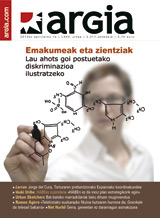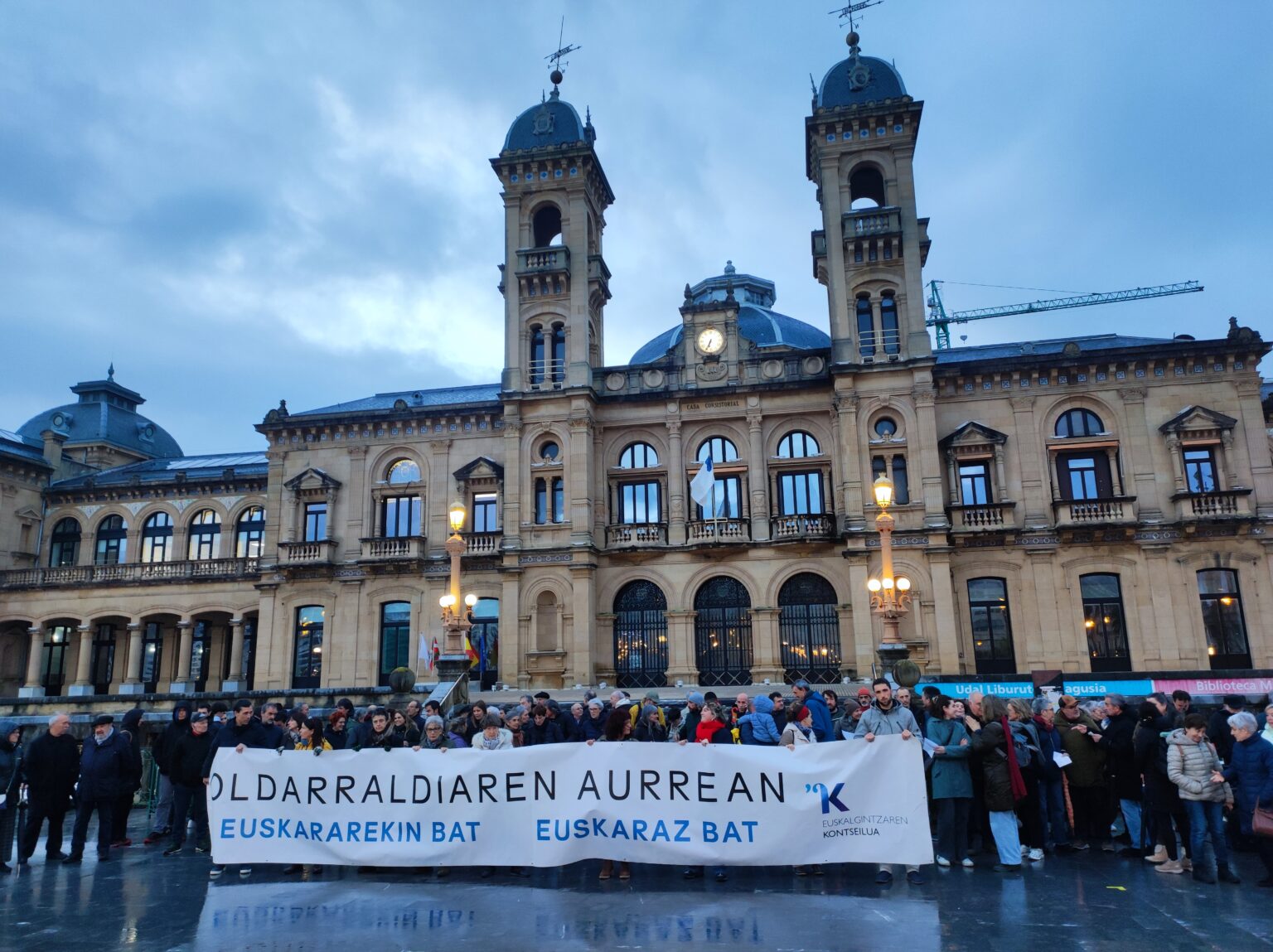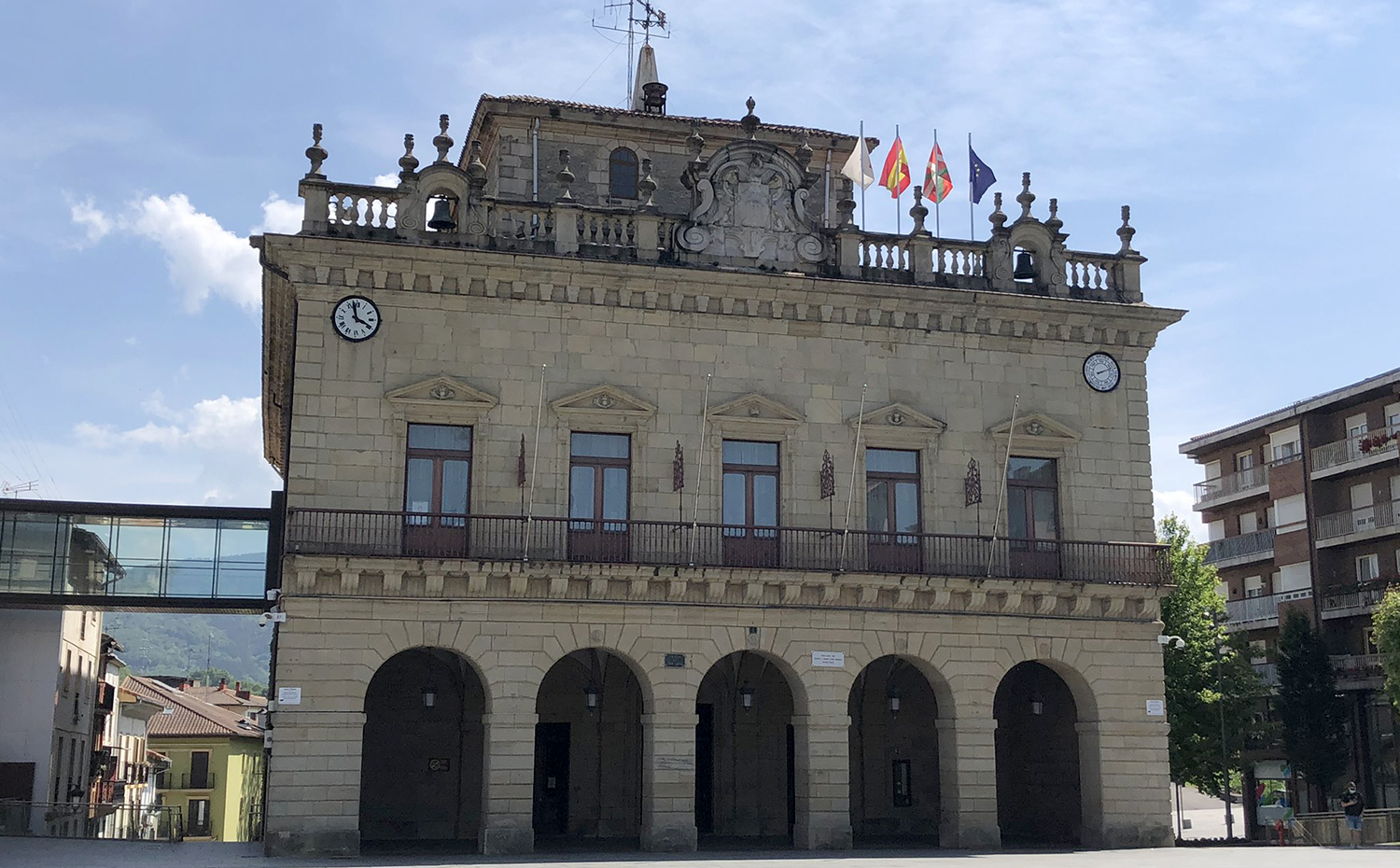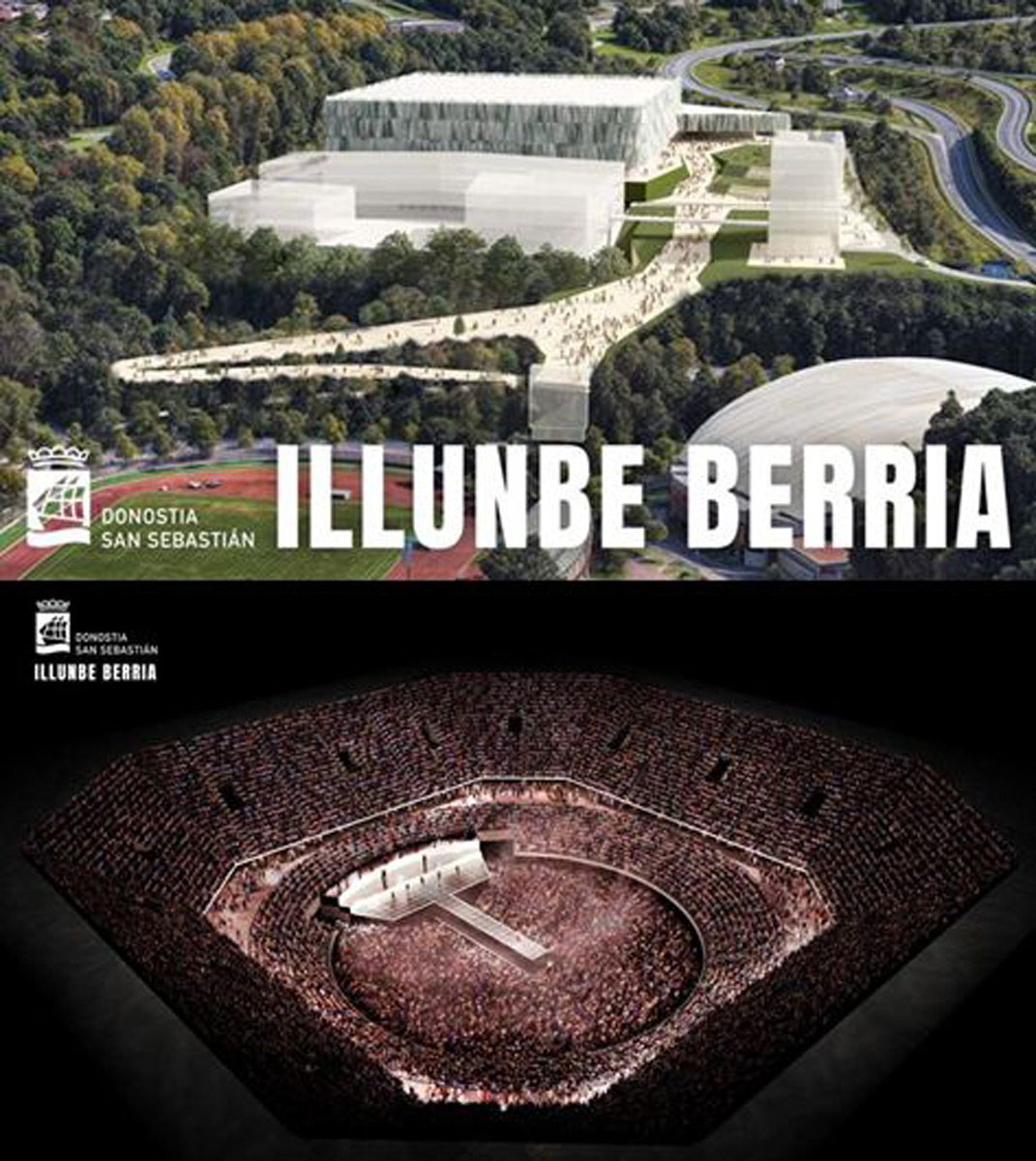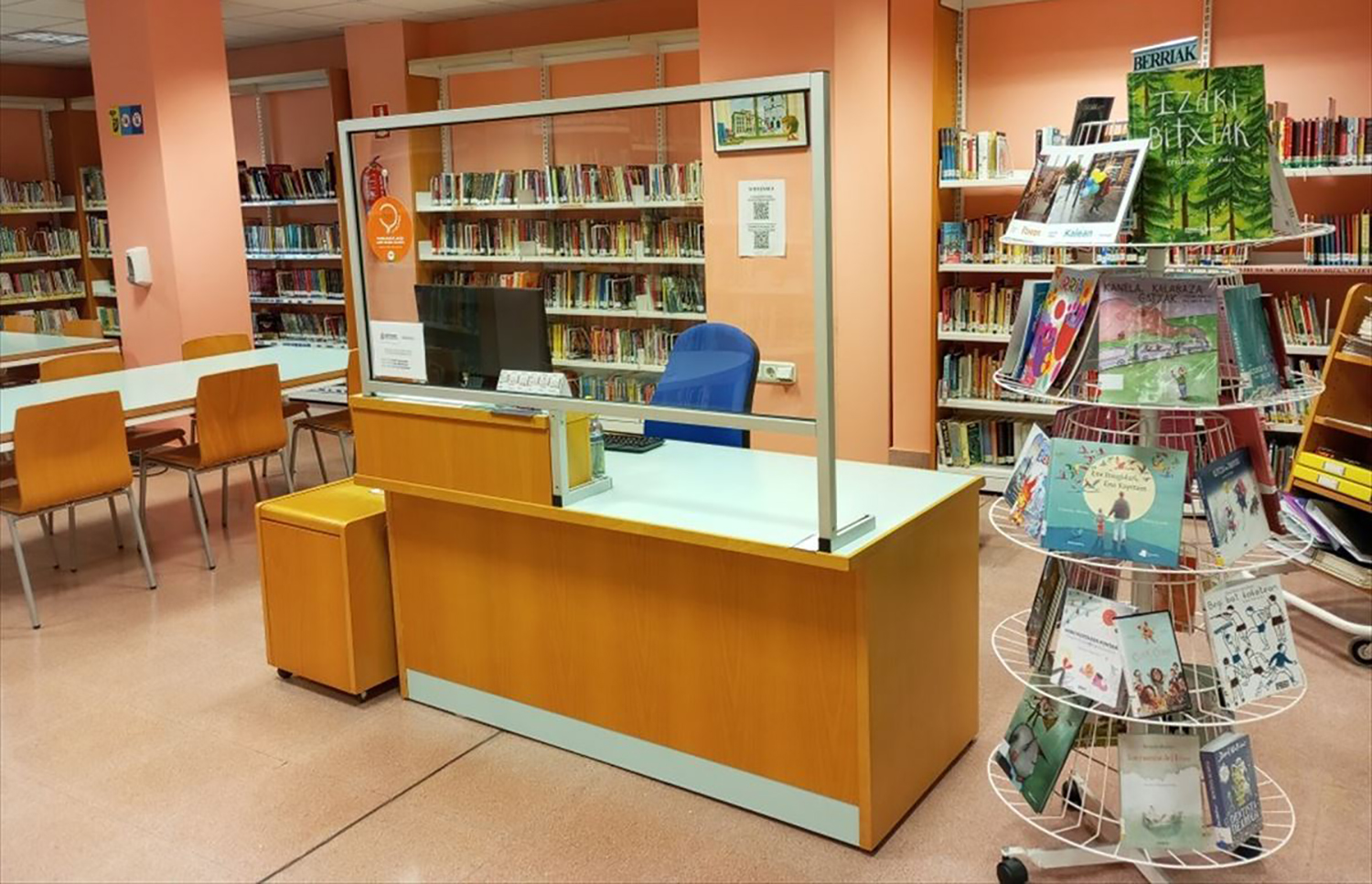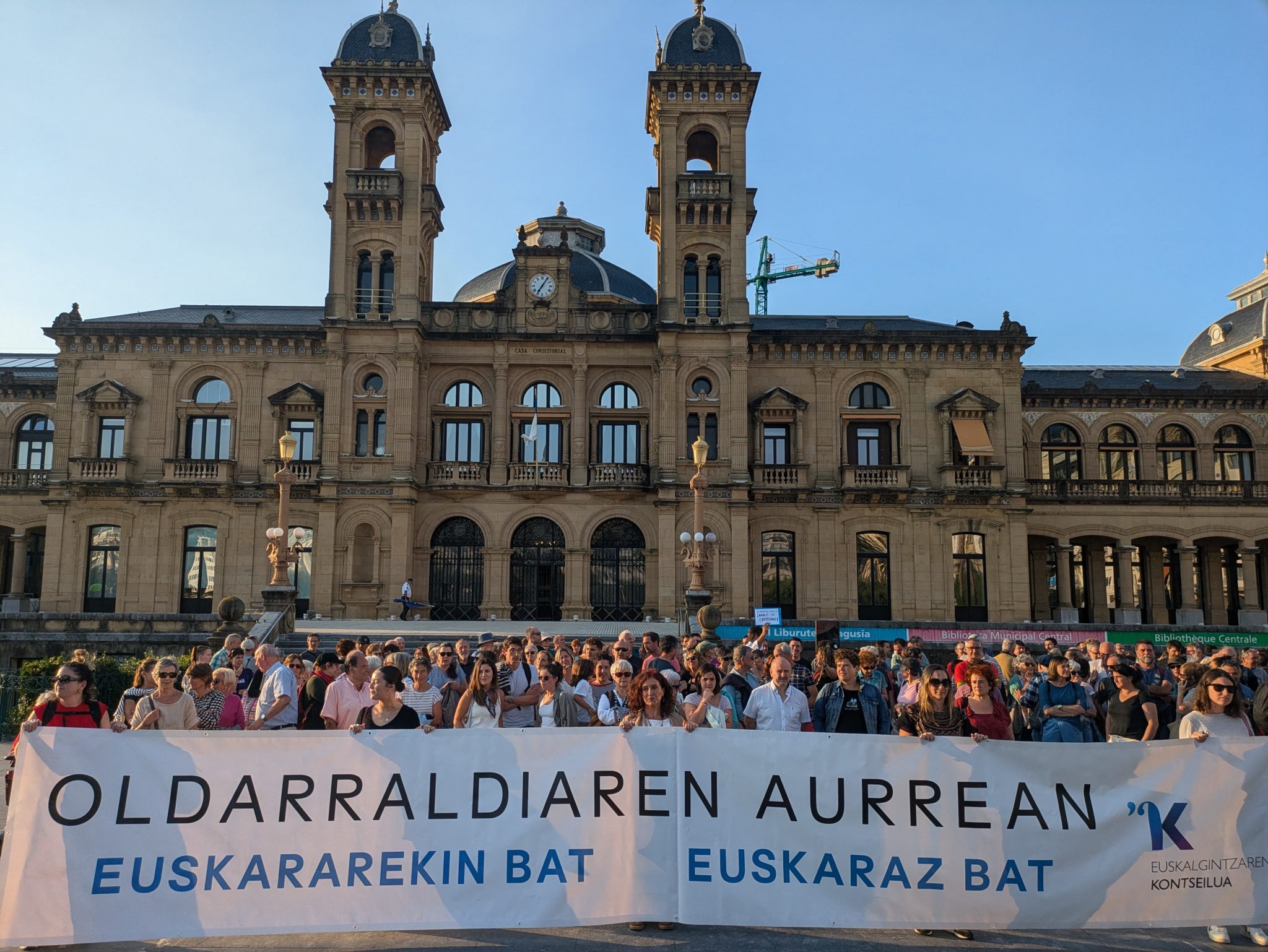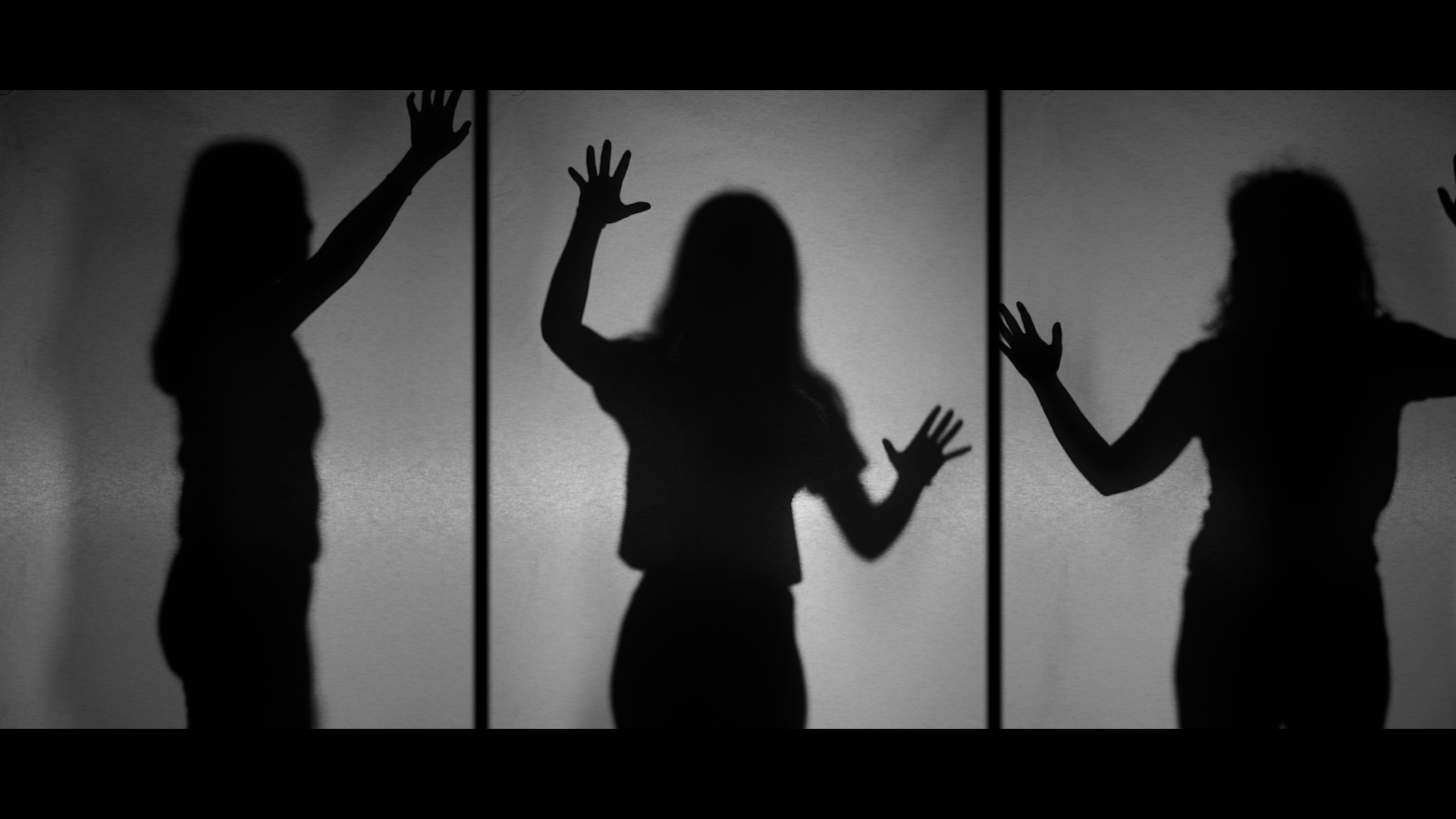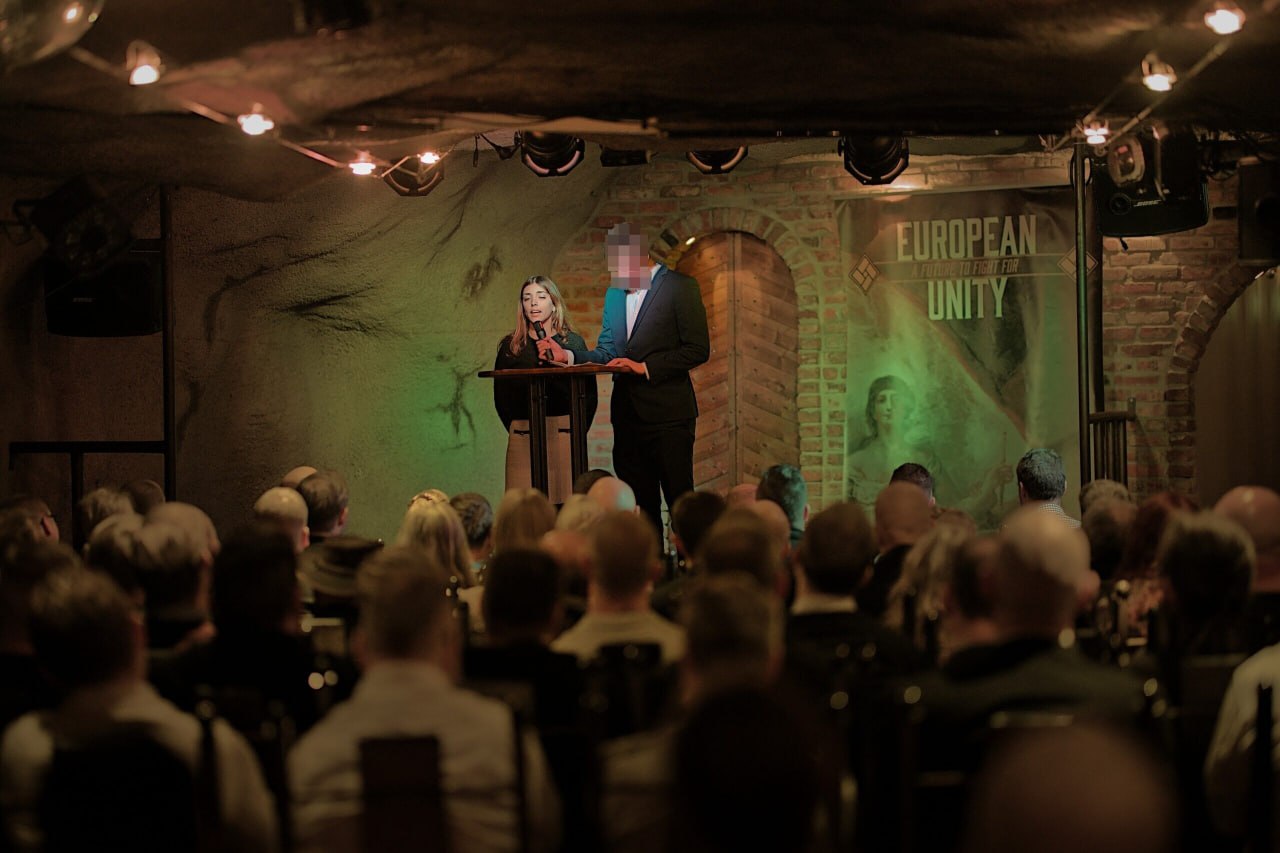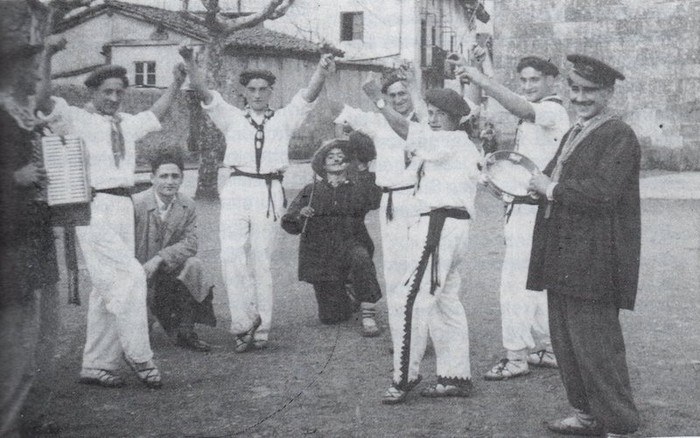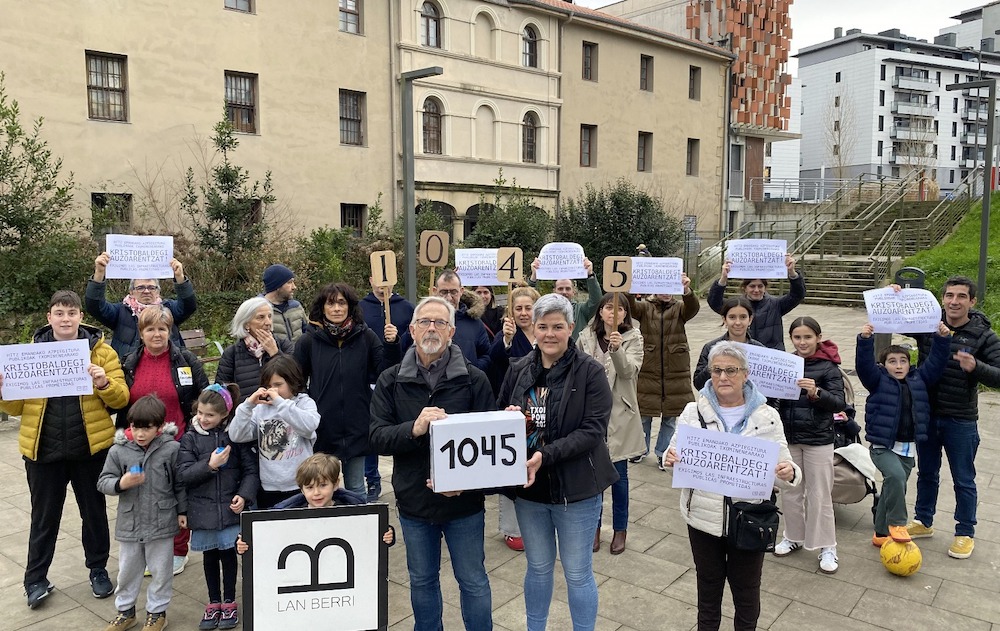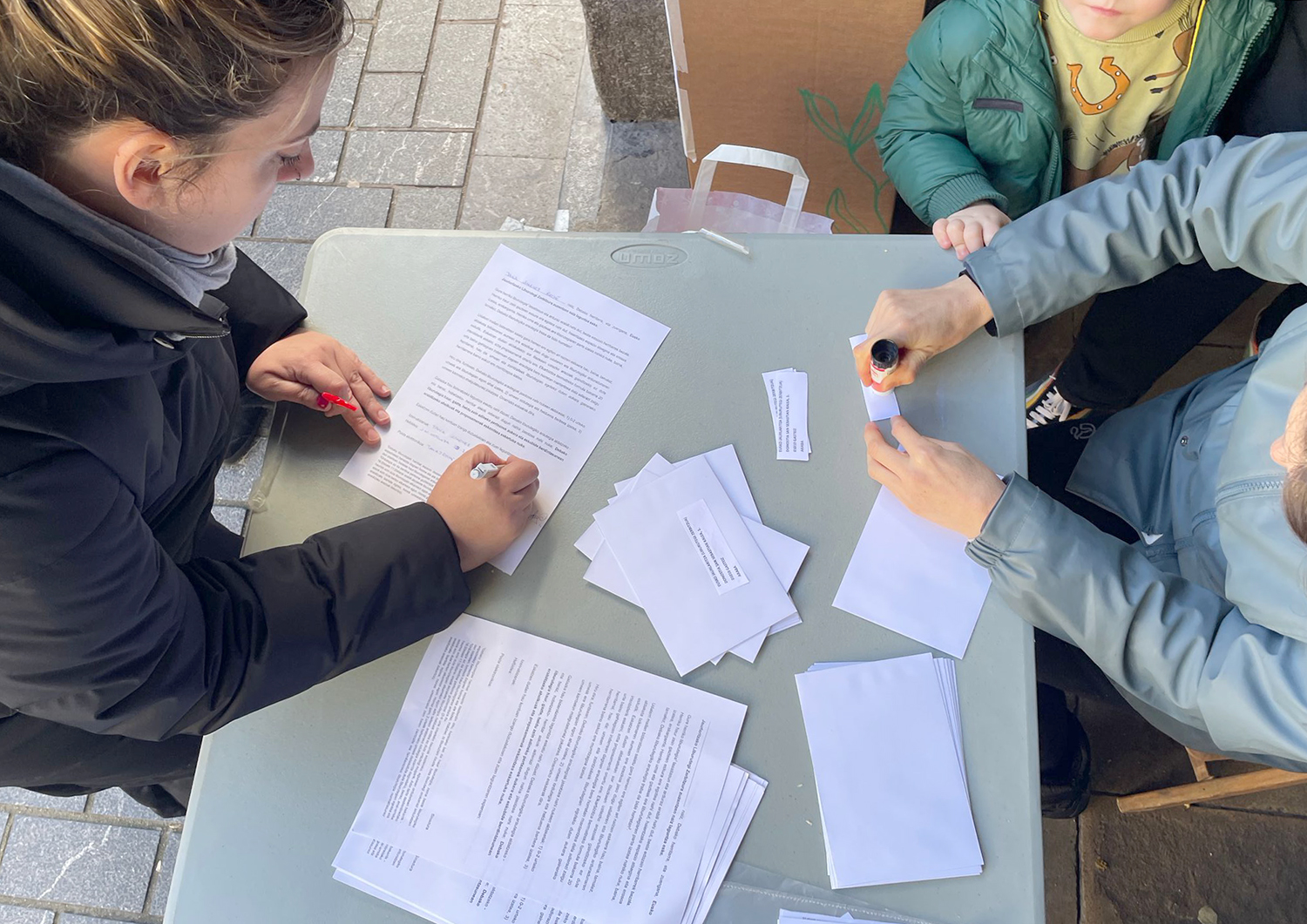Old news
- The older ones attract all the attention of the visitor. They are the most precious values of Usurbil, the treasures of the people, the houses and palaces with charm for centuries. Most are restored, but their historical value, to the point of being declared a Cultural Heritage, does not go unnoticed. These spectacular buildings are found touring the neighborhood municipality in the neighborhood.
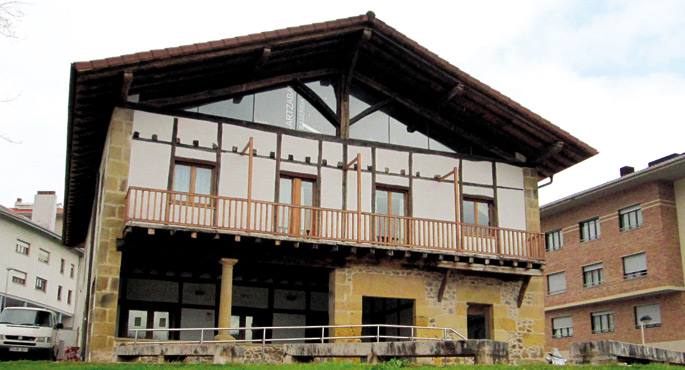
In addition to the hull of Usurbil, we can find many villages and other beautiful buildings throughout the municipality. On Calle Mayor the church of San Salvador has left, with a striking porch and a high tower of bells. It looks like an outstanding watchtower in the village. Next to it is the Saroe Palace, a magnificent Baroque palace built in the 17th century. It features a paved façade, decorated with balconies, windows, spectacular shields and two elegant access arches. At the bottom you see a beautiful garden and on the left you see a platelet that recognizes you as Cultural Good. Proud. It’s no less, as Saroe is one of the most luxurious buildings of its style in Gipuzkoa.
You have to go through the square at the front of the church to enjoy the most traditional architecture of Usurbil. Within this classification one can locate the house known by the usurbildarras as Potxoenea, originally Arrillagaenea. It was a small town with no land. It is separated from the wall of the Church by a narrow carcava. It is a renovated building that the City Hall has recently transformed into a Cultural Center. It is a singular building that combines past and present perfection, tradition and modernity. The facade that gives to Dema Square has always remained, after a deep cleaning of the face, while the back has been coated with minimalist architecture.
Via rural land
Leaving behind the villa, on the road to Kalezahar, in the Belmonte district, in the original villa of Usurbil, we will find the rural monument of Artzabal, in the middle of a beautiful park. In 2008 he was made a colossal work, but he maintains the original structure and materials of wood. On the ground floor it has a nice lobby, the only one that is open today in Usurbil. The Department of Culture of the Basque Government has described it as a monument for its value. Artzabal is an 18th-century building, one of the most prominent of its time. Today is home to the retirees of Locks Pakea.
Following the road to Kalezaharre, climbing the mountain from oak to oak, we reached the Ibarrola Haundi farmhouse. In it you can enjoy the beautiful views of the coast of Donostia. The cottage was on its own, but today it has the agrotourism Ibarrola Txiki. Ibarrola Haundi is a restored hamlet of lagars in the 16th century, the oldest hamlet in the area. It is also one of the houses that founded the people in the fourteenth century. It preserves the almost complete dimensions and structure of the time it was built, and has recently been declared a monument.
Beyond the urban core
Crossing the Oria River, you have to go to the other end of Usurbil, the Ham district, to see another 15th-century building. It's not easy to find, but if you ask in one of the villages around, anybody knows the gem that's in the center of the valley. On the slopes of the hermitage of St. Stephen, the old people said that this palace, located next to the park of Leizekalde, has been built by the Gentiles, and today the least old still believe it. It has four rugged walls of 1.10 meters thick. It has very few windows and little ones. Being reformed, other windows have been opened to the building, but you can still see a trilobulated window on the northern facade, on the second floor. Although the walls were built at the end of the 15th century, the interior structures were lost by fire or destruction. Its current wooden structure dates back to the 19th century. It has an initial report of qualification as a cultural asset.
Two kilometers from the urban area is the Aginaga district, and there, on the slopes of Aitzondoa, looking at the Oria River, one of the most beautiful villages of Usurbil, Arrillagaundi (make sure the guard dogs are tied). Hamlet of the 16th century and monument declared Cultural Good. It has an excellent wooden structure, with all its elements marked in Roman numbers. Year 1740, you can read in the loft. The façade and the roof were renovated eight years ago by the family, with the aim of recovering its original appearance. Today the activity of the traditional farmhouse Arrillagaundi is maintained.
Gabonetako argiak pizteko ekitaldia espainolez egin izanak, Irungo euskaldunak haserretzeaz harago, Aski Da! mugimendua abiatu zuen: herriko 40 elkarteren indarrak batuta, Irungo udal gobernuarekin bildu dira orain, alkatea eta Euskara zinegotzia tarteko, herriko eragileak... [+]
Vagina Shadow(iko)
Group: The Mud Flowers.
The actors: Araitz Katarain, Janire Arrizabalaga and Izaro Bilbao.
Directed by: by Iraitz Lizarraga.
When: February 2nd.
In which: In the Usurbil Fire Room.









